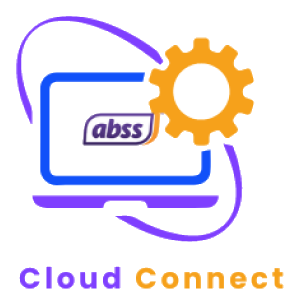Frequently asked questions about e-Invoicing
We have compiled a list of frequently asked questions about e-Invoicing.
An e-invoice is a digital version of an invoice.
It can be generated and electronically transmitted by the seller to the buyer.
The buyer’s software will be able to read the contents of the e-Invoice and update the details in their accounting system without manual input.
An invoice in PDF format, although it can be printed and transmitted via email is not technically an e-invoice.
This is because, although it can be transmitted electronically, it is not readable by the buyer’s accounting solution unless it is first converted into machine readable format using an Optical Character Recognition (OCR) solution.
The most common e-Invoice formats used are XML and JSON, file formats that support exchange of information between computer systems, and can be read by both humans and machines.
Yes.
Based on the revised timeline from LHDN, by July 2025, implementation of e-Invoicing will become mandatory for all persons conducting commercial activities in Malaysia, regardless of their annual turnover.
A TIN number, or Tax Identification Number, is your income tax file number.
If you are an existing tax payer, you would already have this.
A company’s TIN number would be something like C123456789, or for a partnership it might be like D1234567-09.
If you are a new tax payer, i.e you have just started your business or gained employment, then you will need to apply for one.
UIN, which stands for Unique Identification Number, is a number that will be generated by LHDN and assigned to the invoice once it has been validated.
This is not the same as your invoice number, which is your internal invoice reference number.
On the other hand, the UIN will be LHDN’s reference number, and this can be used by the buyer to verify if the invoice they receive has been validated.
An MSIC, or Malaysia Standard Industrial Classification, code is used to identify the nature of your business.
It is a 5 digit code, and we have previously used it in our GST-03 returns.
For e-Invoicing, you will need to have the MSIC code for both your business as well as your customers’.
You may download a list of MSIC codes from Department of Statistics Malaysia portal.
A digital signature is a unique code associated to you or your business.
This code authenticates who you are and ensures that the invoice you submit is from you, preventing fraudulent submissions.
LHDN will issue each tax payer a digital certificate which needs to be attached to all invoices that you submit.
The QR, or quick response code, will essentially contain a link to the invoice on LHDN’s portal.
The buyer can scan the QR code on a supplier’s invoice to visit LHDN’s portal and verify if it was validated.
Keep in mind that all purchases will need to be supported by an LHDN validated invoice from your supplier for tax purposes.
No.
Once the invoice has been validated by LHDN, you cannot edit the invoice.
Should you wish to make changes to the invoice, then you need to issue a credit or debit note and submit to LHDN for validation.
Yes.
An invoice that has been validated by LHDN can be cancelled in one of two ways:
- If it is within the 72 hour timeframe set by LHDN, the buyer or seller can request for the invoice to be cancelled by rejecting it.
You will need to specify a reason when requesting for cancellation/rejection.
Note that the 72 hours is from the time the invoice was validated, and includes weekends and public holidays. - After 72 hours, the seller can issue a credit note to cancel the invoice.
All validated invoices will have the following:
- A Unique Identification Number or UIN,
- The date and time of validation,
- A validation link, as well as,
- A QR code
The first three items are generated and provided by LHDN once the supplier’s invoice has been validated.
For QR code, if the invoice is manually submitted through the MyInvois portal, LHDN will provide the validated invoice with the QR code embedded.
For invoices submitted through the API, it is uncertain if LHDN will provide the QR code, or the accounting solution would need to create it and embed it on the invoice.
Is an e-Invoice required for:
If the deposit received is refundable, an e-Invoice is not required.
An e-Invoice would need to be issued if the deposit is non-refundable.
Yes.
If the owner of the property is conducting a business, then an e-Invoice needs to be issued.
However, if the owner is an individual who is not conducting a business, then the tenant would need to do self-billed e-Invoice.
If the director is under a contract of service then the fee is considered as employment income and does not require an e-Invoice to be issued.
However, if the director is not under a contract of service, then the director would need to issue an e-Invoice.
More on e-Invoicing implementation in Malaysia
ABSS Connect
e-Invoice compliant accounting solutions
Need more information?


